'Wizard of Oz' collection goes on display at Chicago museum
Published in Entertainment News
CHICAGO — Among the wealthier families of Chicago’s Gilded Age, the Nickersons were a prominent name in banking. They resided in a three-story mansion located just a block-and-a-half west of Michigan Avenue from 1883, when the home was built, until 1900, when the family decamped for New York.
More than a hundred years later, another notable figure in Chicago’s moneyed circles would become the owner of the mansion. That would be hedge fund manager Richard H. Driehaus. Two decades before his death in 2021, he purchased and rehabbed the building to serve as a museum for his personal art collection.
Through March, the museum will exhibit items he accumulated relating to the MGM movie musical “The Wizard of Oz,” for which 1900 was also a pivotal year.
That was when the movie’s source material, L. Frank Baum’s “The Wonderful Wizard of Oz,” was first published. The book would spawn several sequels (some of which are on display), the aforementioned 1939 Judy Garland film and various subsequent riffs on the story that have emerged in the decades since — literary, cinematic and a Broadway musical — including “Wicked: For Good,” in theaters this week, which is the obvious peg for the exhibit.
It is a small array of items, but they are intriguing nevertheless.
The centerpiece is a pair of red sequined shoes, aka Dorothy’s ruby slippers. The glass case is directly under a chandelier, so they do indeed sparkle in the light.
These are not, however, shoes that Garland wore in the film. They are a reproduction made by Western Costume Company, which “purportedly had some involvement with the beading/sequin application of the originals,” says curator Laura Woolley. “They claim this, although there have been a lot of people who claim to have worked on the shoes.”
According to Woolley, “They created these in 1989 to commemorate the 50th anniversary of the film. They intended to do a limited run of 500 pairs, but they were expensive to create, and so by all accounts fewer than 20 of these were ever produced due to lack of orders at that price point. Despite being replicas, they are valuable now because so few were made back in 1989.”
Displayed next to the shoes is a reproduction of the Cowardly Lion’s medal of courage, which the wizard gave him at the movie’s end, prompting Bert Lahr’s adorable line reading: “Shucks, folks, I’m speechless.”
“I can’t 100% say for certain who made the courage medal,” Woolley says, “but it may have been commissioned by a collector named James Comisar, who commissioned one just like it made from the original mold used to create the one that appeared on screen. Comisar famously owned the original African lion hide costume worn by Bert Lahr in the film and he wanted a replica of the medal to use when displaying his lion costume.”
Driehaus also collected “Oz” books, including one that boasts on the cover text that it is “the only edition containing the complete original text on which the famous Metro-Goldwyn-Mayer movie is based.” (Movie tie-ins, a marketing strategy as old as cinema itself!)
Wandering through the exhibit is akin to falling down a rabbit hole on Wikipedia. None of this information is new or especially in-depth, but unless you’re an Oz-head, it may be new to you, including the various titles in the book series: “The Giant Horse of Oz,” “The Purple Prince of Oz,” “Glinda of Oz.” I can’t speak to their quality in terms of story, but it’s conspicuous that Hollywood has been adapting and re-adapting the first book over and over, to the exclusion of these others.
There’s an additional costume piece on display, a cropped Emerald City townsman’s jacket in bright green and a butter yellow that has faded from its original pale green. Apparently, it was an enormous challenge to find the right green in a dye that would remain stable.
The Garland film famously had multiple directors and multiple screenwriters, and one of those scripts is among the Driehaus collection.
Also: correspondence between various creative parties working on the movie; a spiral-bound costume key book (which includes black-and-white photos of various wardrobe items); and small matte paintings. There are placards throughout providing background information. “This original matte painting appears when the Emerald City is seen on-screen for the first time,” reads one. “In film, matte paintings are used to create seamless composite images that combine live-action sequences with expansive painted backgrounds. This black-and-white photograph was used by the special effects team to ensure the live-action sequence registered properly with the matte painting.”
Driehaus began buying various “Oz” items at auction in 1990 and this is the first time the collection is on view to the public. (They are otherwise stored in a climate-controlled art warehouse off-site.)
The items are on display in two galleries on the third floor, which were originally used as guest bedrooms when the mansion was a residence. Unlike the blank white walls of more traditional museum spaces, the rooms still look like Victorian-era bedrooms, minus, obviously, any beds.
But if you squint, you can almost picture a very rich child of the early 20th century curled up by a window, lost in an “Oz” book while city life teems below.
———
“The Land of Oz: Beyond the Page” is on display through March 15, 2026, at the Driehaus Museum, 50 E. Erie St. For more information, go to driehausmuseum.org.
———
©2025 Chicago Tribune. Visit chicagotribune.com. Distributed by Tribune Content Agency, LLC.
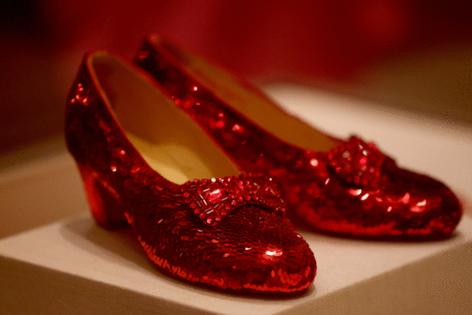
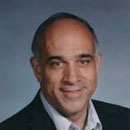


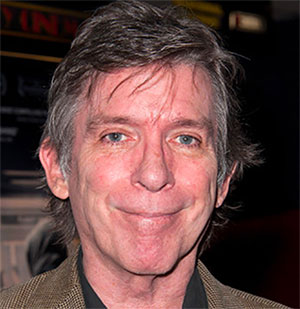
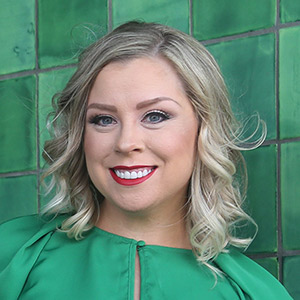


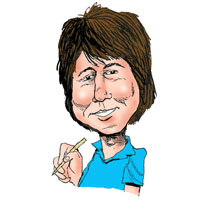


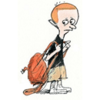
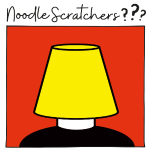
Comments